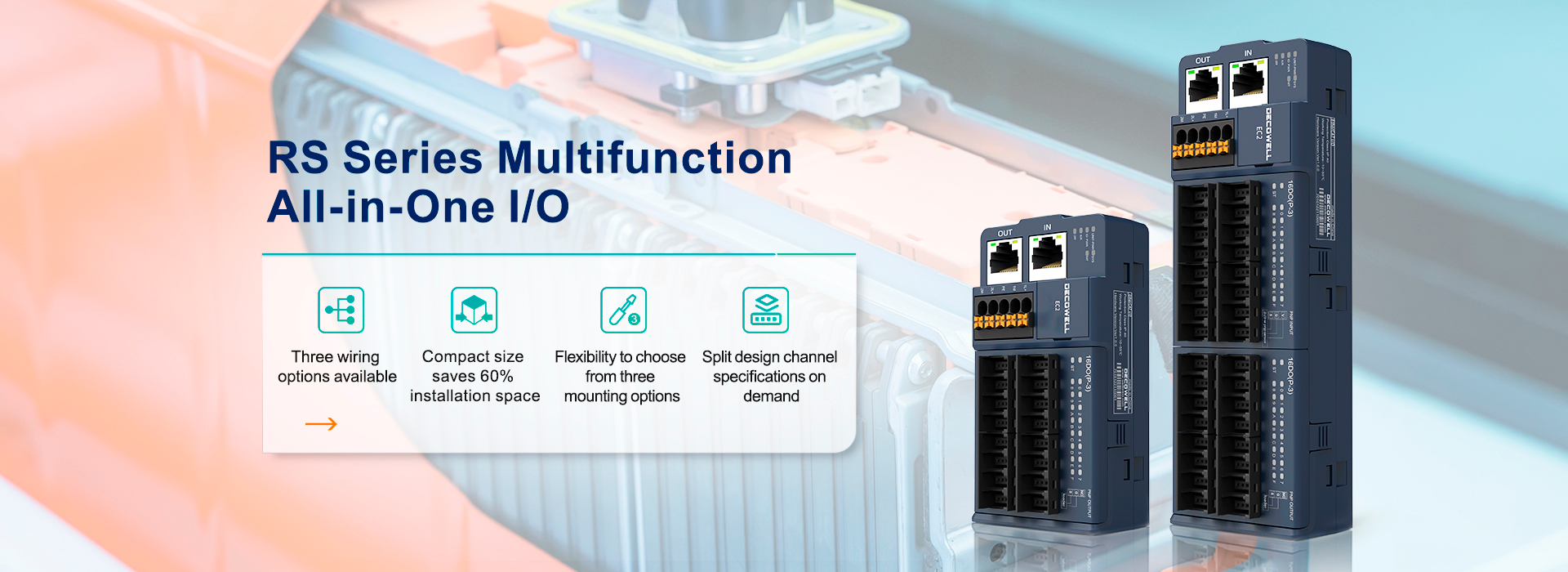Have you ever encountered a situation where a project’s efficiency was hindered—perhaps due to outdated technology? Many face the frustration of slow processes in industrial applications, especially concerning connectivity and data exchange. Here’s where the industrial io module steps in, offering solutions that are more than just a bridge between devices; they revolutionize how industries operate.

Flaws in Traditional Solutions
So, let’s break it down—traditional input and output methods, like relay systems, often struggle with scalability. They’re slower and less reliable, leading to costly delays. When you think about it, how often do failures occur when you need fast data acquisition? It’s too frequent, resulting in frustrated teams and lost revenue.
Principles Behind New Technology
The innovative principles surrounding modern io modules lie in their design—utilizing advanced protocols and real-time data processing, these modules rapidly adapt to changes. With enhanced biocompatibility and superior reliability, they transform operational efficiency. For many, this means less downtime and more productivity, which is a win-win situation.
Quantified User Benefits
Each implementation of an industrial io module can dramatically improve system responses. Users see reductions in processing time and increased flexibility within operations, paving the way for smoother workflows. Have you ever wondered what that could mean for your bottom line? It’s substantial—companies report increased throughput by up to 30% when switching to these integrated systems!
Conclusion: Evaluating Solutions
When you’re in the market for technology, always verify these three metrics when choosing solutions: ① Compatibility with existing systems ② Response time ③ Scalability for future needs. Keeping these in mind can streamline your decision-making process and enhance your operational capability.

Let’s delve deeper into the concept of input and output modules of PLC. These modules serve as the backbone of industrial automation systems, facilitating seamless communication between the controller and field devices. While conventional systems might stumble under the weight of complex operations, the advanced input and output modules of PLC ensure that information flows smoothly. By adopting these modern technologies, industries can witness a reduction in errors and an increase in overall effectiveness, allowing teams to be more agile and responsive.
In this age of relentless competition, not investing in updated input and output modules of PLC could potentially leave a significant gap in productivity. Companies leveraging these systems benefit from real-time data, enhanced monitoring, and reduced maintenance costs. So, if you’re thinking about the future of your automation systems, consider how critical these modules are in driving efficiency and accuracy. The decision to upgrade is not just wise—it’s essential.
In summary, as industries evolve, the adoption of an industrial io module and modern input and output modules of PLC is crucial for sustaining competitive advantages. With proven benefits in performance and responsiveness, partnering with leading manufacturers like DECOWELL can ensure that your operations are not just keeping pace—they’re leading the way.
